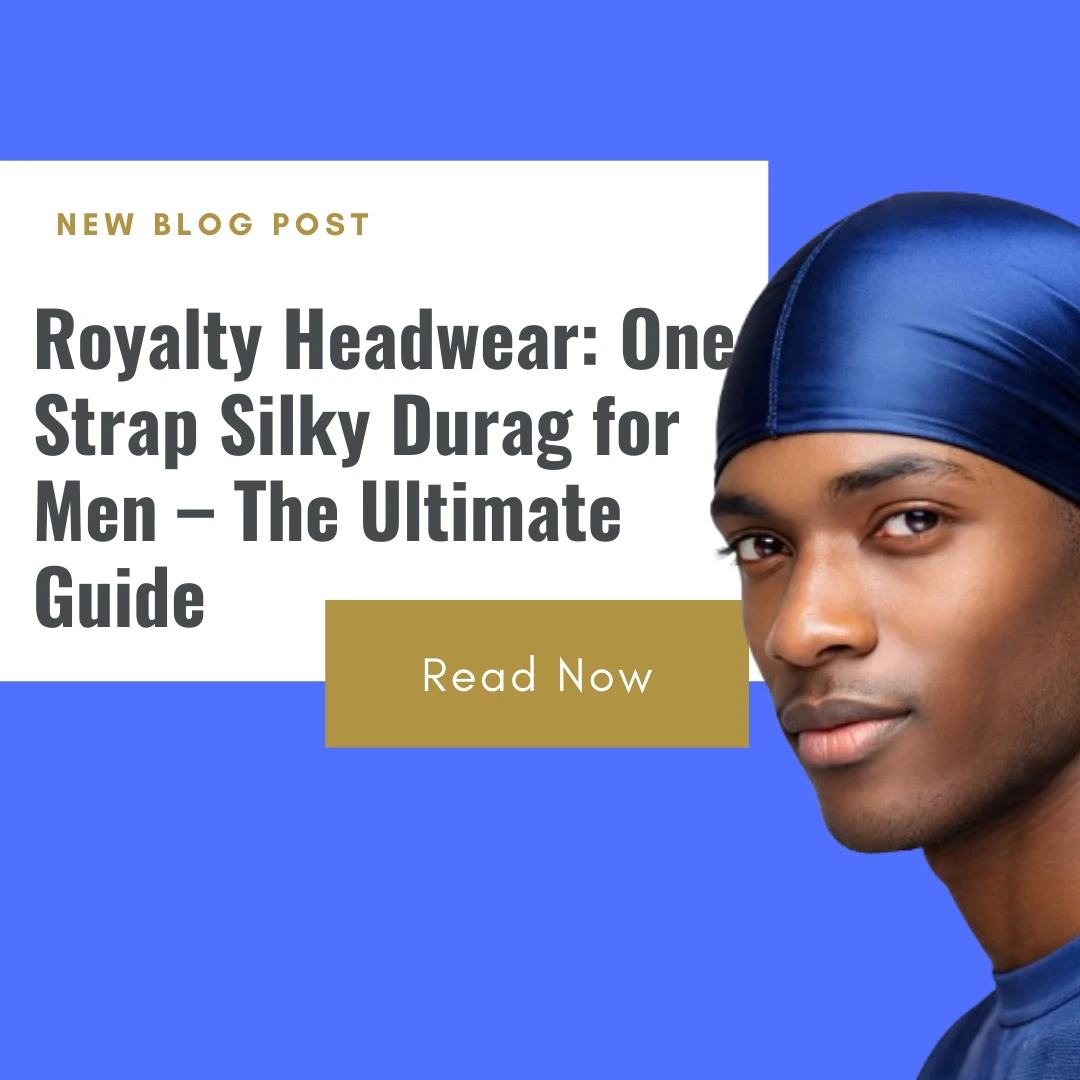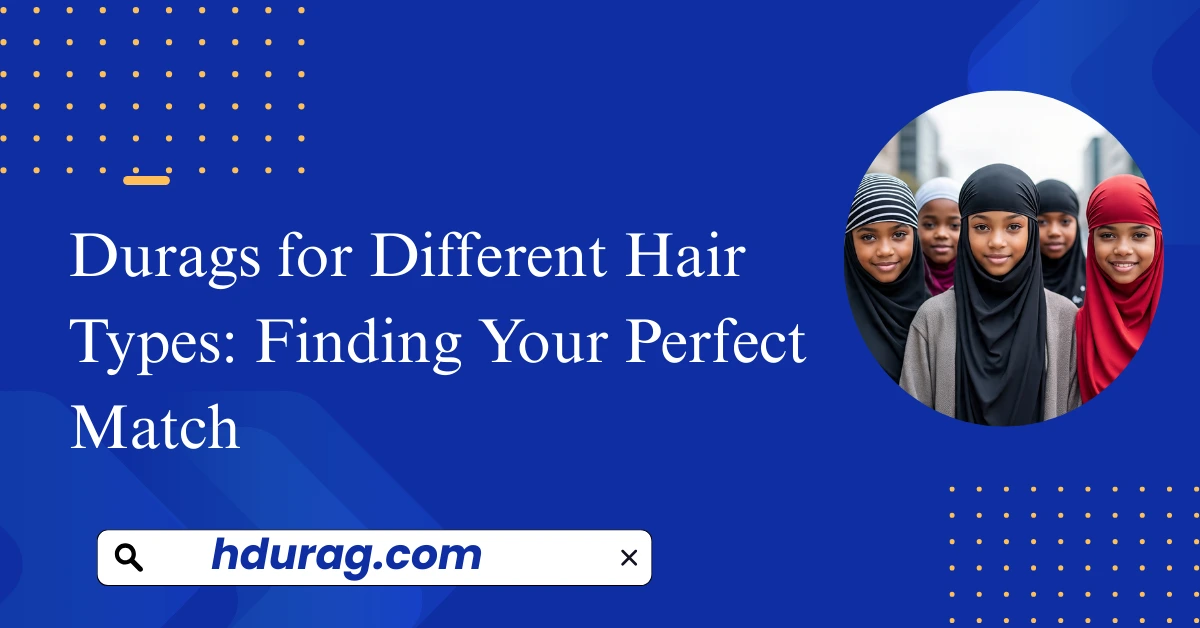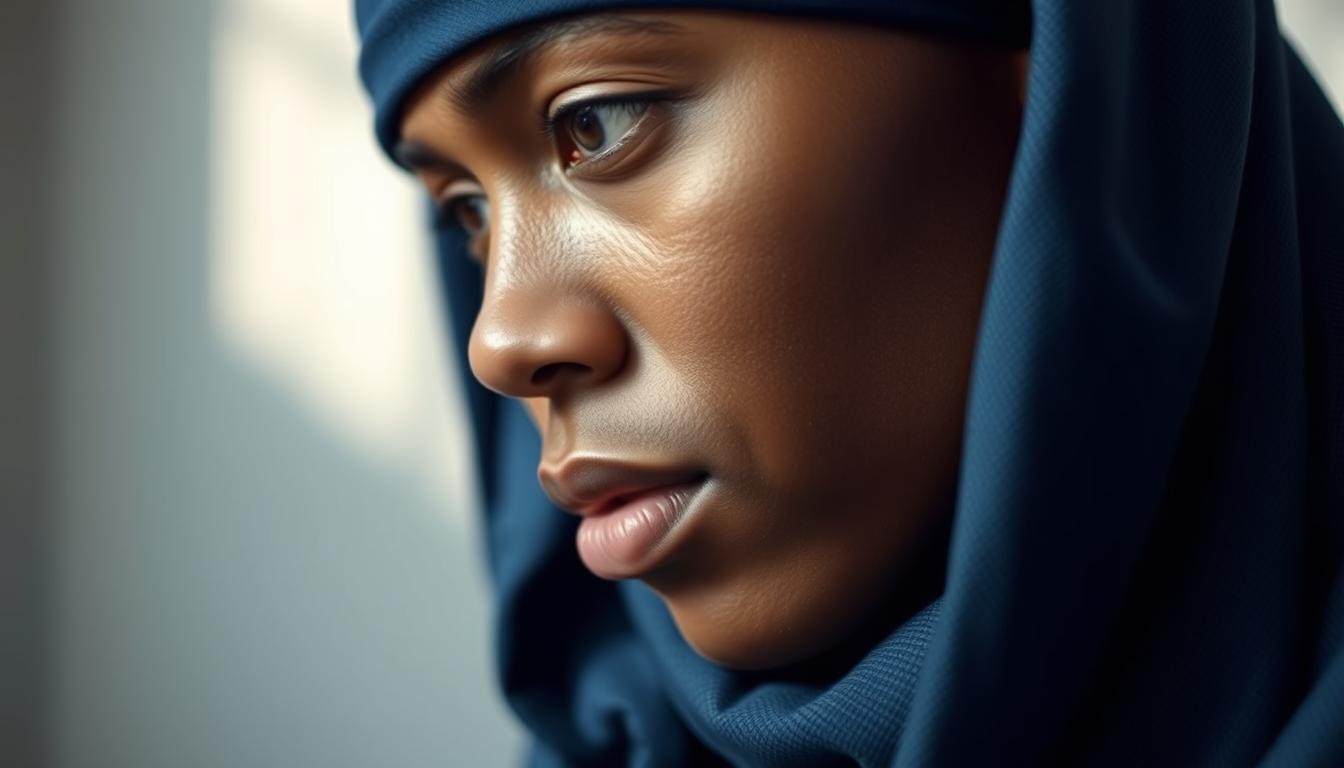Introduction
Durag and dreadlocks—a combination that often sparks curiosity and debate. You might be wondering: Are durags really good for dreadlocks? For many people rocking locs, what you wrap your hair in isn’t just about fashion; it’s about health, maintenance, and preserving a hairstyle that takes time and patience to cultivate. So, the question is more than skin deep. It affects your hair’s texture, moisture levels, and even your cultural expression.
Table of Contents
Key TakeAways
From my own experience of wearing locs for over a year, I’ve had to learn the hard way which head wraps do the trick and which ones just make me sweat or cause headaches. I remember nights waking up to flattened, frizzy locs, wondering if my durag was helping or harming my hair. After testing different fabrics and tying techniques, I finally got a handle on how to make durags work for me—and I want to share that with you.
Durags with dreadlocks would be thoroughly discussed in this article. The subjects discussed include durags and dreadlocks themselves, their history, the advantages and disadvantages of durags, and how to select one that fits your hair best.. Plus, I’ll walk you through the proper way to wear a durag without causing damage. If you’re on the fence or just curious, you’ll find clear answers and practical tips here.
So, whether you’re a new loc wearer or have been maintaining your dreadlocks for years, stick around. To fully understand a durag, one must understand that by the end of this post, one should be able to use it to keep one’s loc protect without compromising one’s style game.
Durags and Dreadlocks: Their Origins, What They Actually Mean, and Their Cultural Significance
So let us begin at the very beginning. The term “do-rag” hints at its purpose—to protect a “do,” or hairstyle. While today durags have taken on fashion significance, their primary role has long been functional: to maintain waves, curls, and yes, locs.
On the other hand, dreadlocks (or locs) simply strands that are formed by matting or braiding hair in such a way that they form a rope-like strand. Tradition binds these beautiful locks with rich cultural history associating them more with Rastafarianism as well as African heritage; another spiritual, strength, and identification symbol. These hairstyles are considered special, requiring care, and the type of material used over the head will also affect the health and appearance of the style.
you also read:How to Wear a Durag with an Afro: Style Haircare in 2025
This is where some real polysemy comes in, though. Both ‘durag’ and ‘dreadlocks’ have multiple meanings, practical, cultural, and symbolic, which makes this relationship rather layered. Wearing a durag with dreadlocks is associated with more than just protection.
Benefits of Wearing Durag with Dreads
Moisture retention is among the best advantages of a durag worn over a set of dreads. Locs can easily dry out, leading to brittleness and breakage. A silk or satin durag helps trap moisture by reducing friction that cotton pillowcases cause.
Durags also help with frizz control. If you’ve ever woken up with locs sticking out in every direction, you know the struggle. Wrapping your hair at night with a durag smooths the strands and keeps your locs neat.
Potential Drawbacks and How to Avoid Them
That being said, durags have no downside to them. When a durag is tied tightly, it leads to tension on the hairline and roots which sometimes lead to traction alopecia (hair loss from pulling). I learned this the hard way when I wore one so tight that I screamed the next morning with headaches.
Also, not all durags are equal. While polyester or velvet might trap heat and moisture, which isn’t good for the scalp, they’re really not breathable materials. So stick with the silk or satin for best results.
Choose the right durag for your dreadlocks.
Durags have various types: silk, satin, and velvet or even blends. Silk and satin are the holy grail for loc wearers because they reduce friction and preserve moisture. Velvet looks cool but can be heavy and less breathable.
Look at durags that have adjustable straps or a length that can sufficiently tie off without feeling tight. Some durags are actually designed for locs; these may have a wider coverage or softer fabrics worth considering if you want something customized for your hair type.

How to Wear a Durag Rightly With Dreads
Start with clean, moisturized hair.
Place the durag on your head so that the front edge rests slightly above your hairline.
Tie the straps at the back comfortably but not too tight—just enough to hold the durag in place.
Smooth down the tails and tuck them if needed.
Wear it overnight or during activities that might cause frizz or damage, while avoiding long daytime wear when sweating or discomfort is noted.
you also read:How to Wear a Durag with an Afro: Style Haircare in 2025
Alternatives to Durags for Loc Protection
If Durags are not available to you as a form of protection against locks, then maybe you can give some alternative like silk or satin bonnets; headwraps or loc socks, where locs are small wraps dedicated for each loc. There are a variety of protection options for you without compromising comfort for innovations made for various needs.
FAQs: Universal Questions that Pertain to Durags and Dreadlocks
Does putting on durags promote an indirect hair growth of dreadlocks?
The answer is a yes but indirectly. Maintaining the locs keeps them from breakage as well as retains moisture, which promotes making hair grow healthy; however, it does not directly stimulate growth.
Would durags irritate the scalp?
Yes, when too tight or by using a non-breathable material. Always choose silk or satin and tie comfortably.
Is a durag suitable for freeform locs?
Yes, but used more for protecting than for shaping because freeform locs are not really compressed.
How often should a durag be worn on locs?
Nighttime is the most popular time to use one, though some people sport theirs by day for aesthetic or protective purposes. It really depends on the scalp’s needs.
Conclusion: Are Durags Good or Bad for Dreadlocks?
In my opinion, durags can be an excellent tool when used wisely. First, they shield the hair by assisting in retaining moisture, minimizing frizz, and protecting locs from environmental damages. Secondly, one should think of durags as a double-edged sword: do not tie tight, wear breathable fabric, and get in some hairstyling time.
Durags encompass much more than a form of hair fashion; they are an amalgamation of culture, style, and hair science. Hence, if you want your locs to stay healthy and look fresh, maybe consider your durag as your new best friend.
Disclaimer
General Information & Personal Experience: This article, “Are Durags Good for Dreadlocks? A Complete Guide,” is intended for general informational purposes only. The insights shared, particularly those based on personal experience, are anecdotal and may not apply to everyone. Hair care, including the use of durags with dreadlocks, can vary significantly depending on individual hair type, scalp health, lifestyle, and other factors.








